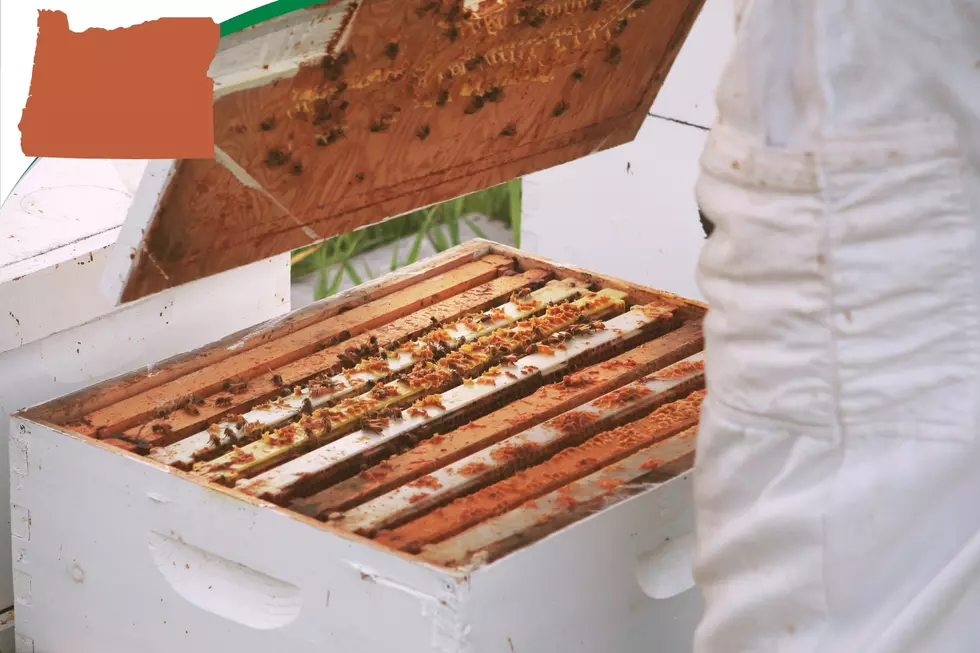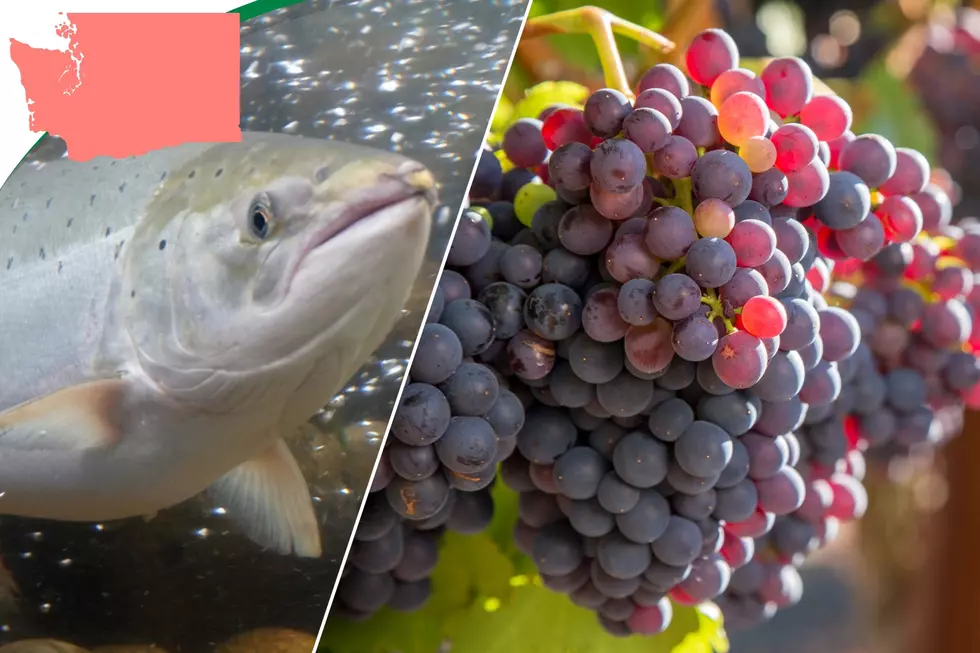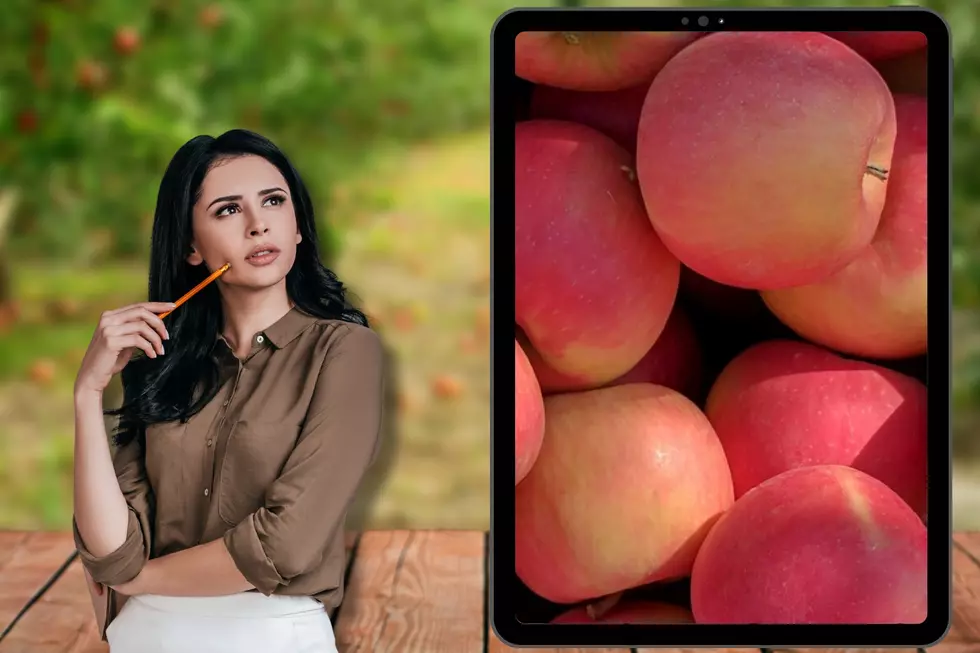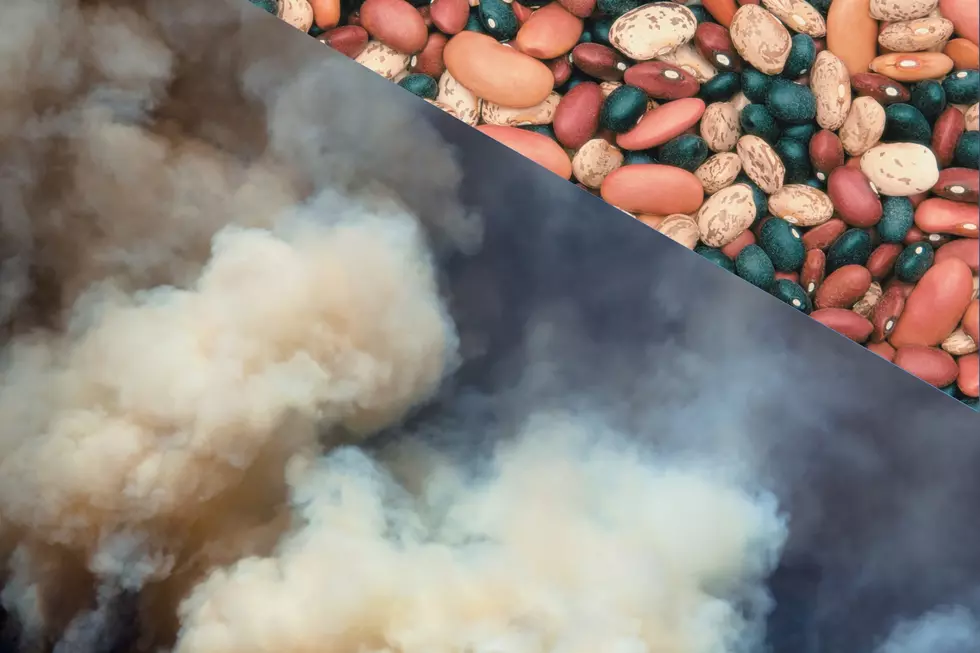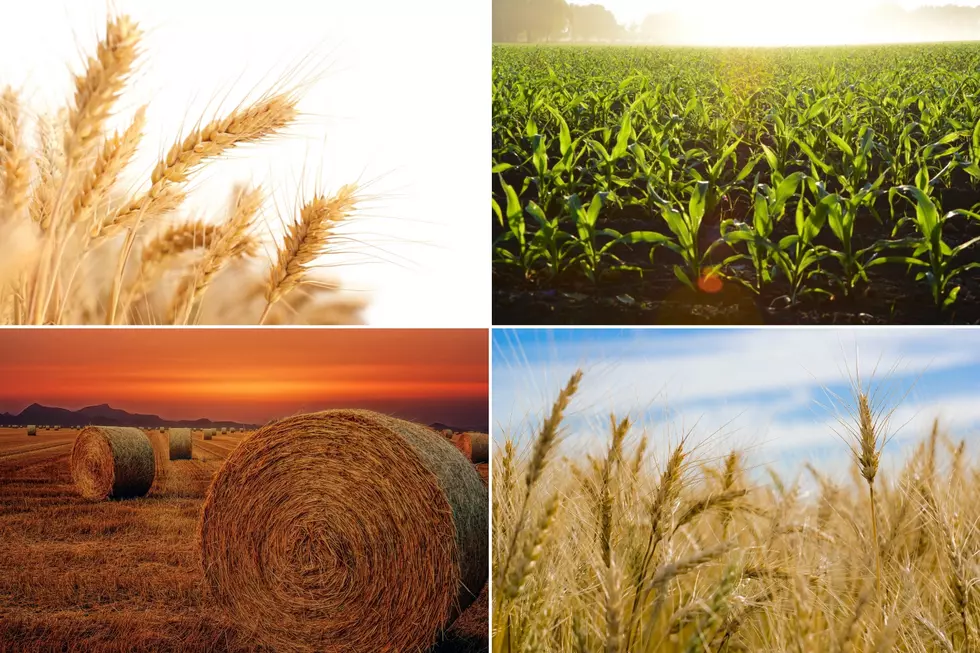
Urgent Concerns Rise as Night Pollinators Face Starvation
► Nitrate radicals are breaking down olfactory queues pollinators rely on.
► Radicals build up at night, causing decreased pollination for nighttime pollinators like bats and moths.
► Pollination can be reduced by 75% in these situations.
A recent report in Science indicates that pollinators may be suffering intense effects from pollution, resulting in less pollination for crops.
<p><b>"Pollinators (are) literally starving."</b></p> <p>- Ilaria Negri, Zoologist, Catholic University of the Sacred Heart</p>
What the pollination study reviewed
The research study, conducted by the University of Washington, sought to follow up on previous research that demonstrated the effect of pollutants on pollinators in artificial situations.
Nighttime visitors to sagebrush 280 kilometers from Seattle were monitored without, and then with, a mesh bag preventing pollination, in order to demonstrate the pollinator's effect on seed production.
Synthesized 'degraded' odors of monoterpenes, common in plant scents, were then tested in field studies and wind tunnel experiments. The results proved that the reduced scents were less effective than the original. At times, pollinators could not pick up the scent at all.
Why it matters
Previous research has demonstrated that bees and daytime pollinators are affected by ozone levels. This study, focused on nighttime pollinators, shows that nitrate radicals - a common pollutant - are also affecting pollination for our ecosystems.
Over 30 crops in the Pacific Northwest rely on pollination, according to the USDA. Pollution, climate change, weather changes, and pesticides are constantly affecting the pollinators on which crops like apples, blueberries, and tomatoes rely.
You can learn more about the moths in our region by visiting Pacific Northwest Moths.
Washington's Top 10 Commodities
Gallery Credit: Danielle Kootman
Oregon's Top 10 Commodities
Gallery Credit: Jaime Skelton
Thank an Idaho Farmer, These Idaho Agriculture Facts Will Blow You Away
Gallery Credit: Parker Kane
5 Nasty Bees and Wasps That May Be Waiting to Sting You in Idaho
Gallery Credit: Michelle Heart
More From PNW Ag Network


